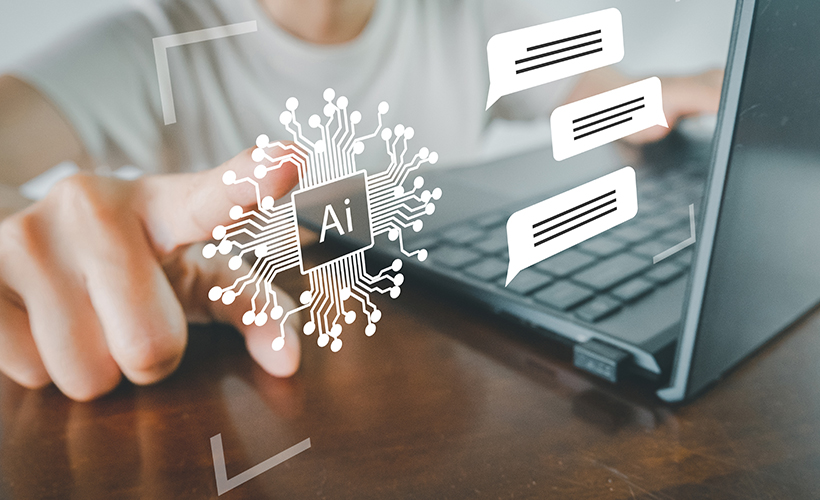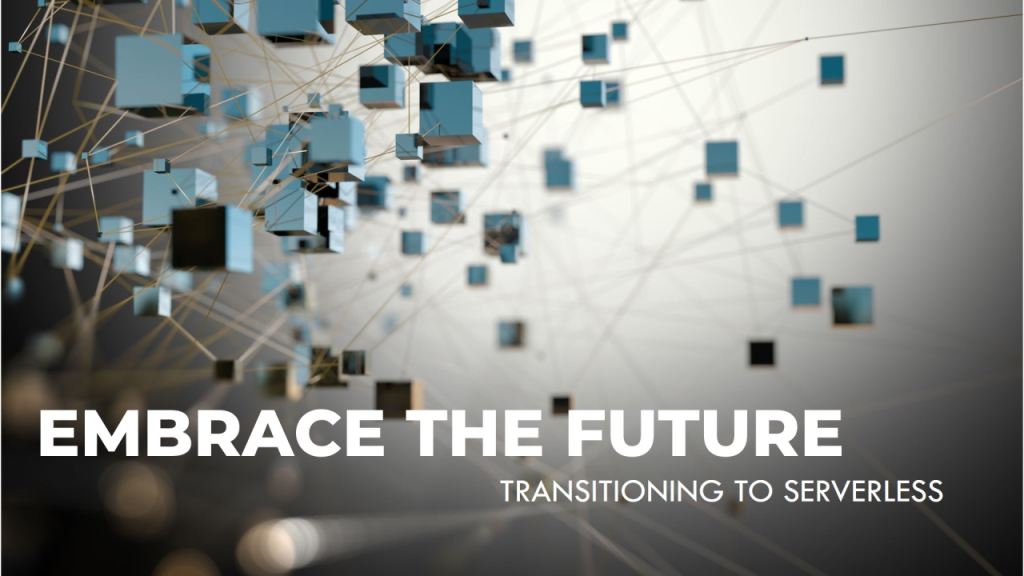Large language models (LLMs) and AI platforms, such as ChatGPT and Gemini, are powerful tools capable of generating human-quality text, translating languages, and answering questions with impressive accuracy. However, interacting with these advanced AI platforms effectively requires a specific skill called prompt engineering. Don’t worry, it’s not nearly as complicated as it sounds. In fact, it’s quite similar to communicating with toddlers.
Yes, toddlers.
Consider this: when you ask a toddler to “get the ball,” you’re often met with confusion unless you’re specific. Saying “Get the red ball under the chair” makes your request clear and actionable. The same principle applies to LLMs; clear, concise prompts lead to better results.
Here’s how the parallels play out:
- Clarity and simplicity: Just as parents simplify their language when speaking to toddlers, prompt engineering requires clear and straightforward instructions to ensure that LLMs comprehend and respond accurately.
- Contextual cues: Parents often provide context or examples to help toddlers understand concepts. Similarly, effective prompts often include contextual information or examples to help the LLM generate more relevant and accurate responses.
- Feedback loop: Parents adjust their communication based on the toddler’s reactions, refining their approach to enhance understanding. Similarly, in prompt engineering, iterating on prompts based on the LLM’s outputs enables the optimization of responses.
From theory to practice: A pharma example
Vague prompt: “Summarize this clinical trial study.”
Specific prompt: “Summarize this clinical trial study in a graphical format, focusing on patient demographics, key findings, and implications for drug efficacy in oncology.”
Don’t worry about perfecting your first prompt. The real magic happens when you ‘Refine Your Requests’. By giving specific instructions, you guide the AI to deliver exactly what you need, saving time and effort.
LLMs in Pharma context
The adoption of domain-specific LLMs in the pharma industry is growing rapidly. Many leading pharma companies are already leveraging LLMs to streamline internal processes, including:
- Clinical trial management: Simplifying protocol documentation, patient matching, and recruitment processes.
- Drug development: Providing researchers with instant access to consolidated scientific literature and insights.
- Knowledge management: Assisting teams in navigating vast internal datasets with ease and efficiency.
Customized LLMs are adept at understanding industry-specific terminologies and context. For example, disambiguating the word “discharge” is critical in healthcare – does it refer to a bodily fluid, hospital release, or an electrical cardiac event? Tailored models can handle such nuances effectively, minimizing errors and improving decision-making.
Emerging AI trends in the pharma industry
The next wave of AI innovation in the pharma industry is being driven by these key trends:
- Multimodal capabilities: AI systems are now integrating text, images, and audio to process complex inputs like radiology reports alongside X-rays.
- Explainability: LLM models are becoming more transparent, offering detailed reasoning for their outputs, which is necessary for regulatory compliance.
- Multilingual and voice-first AI: Conversational platforms are rapidly expanding to support underserved languages and regional accents. Imagine AI-powered assistants conducting clinical trials in regional Indian languages, ensuring greater inclusivity and precision.
My experience with different AI platforms so far
The growing ecosystem of LLMs offers numerous options, each with its unique strengths and limitations. Below is a quick comparison of some platforms I have used so far:

Wrapping it up
I truly believe that communicating crucial information has been the driving force behind human evolution, and now LLMs are turning us into super-powered communication ninjas! The best part? You don’t need a PhD to unlock these powers. Whether you’re a teacher, a tech whiz, a researcher, or a master of the household, learning to “babble” with these AI platforms can unleash mind-blowing results.
I’m curious, how do you incorporate AI platforms into your daily routine? Eager to hear some thoughts and ideas from you all.

Author
Namita Balwalli | Consulting Manager, Life Sciences & Pharma Consulting, GS Lab | GAVS
Namita brings over a decade of experience in the Life Sciences and Pharmaceutical sector, currently driving Solutions and Strategies for clients at GS Lab | GAVS. Her journey includes roles in Life Sciences & Pharma Consulting, Pharma Sales & Account Management, and Medical Communications, offering a deep understanding of industry intricacies. With a commitment to excellence and foresight into emerging trends, Namita guides clients towards transformative outcomes in the dynamic Life Sciences landscape.




